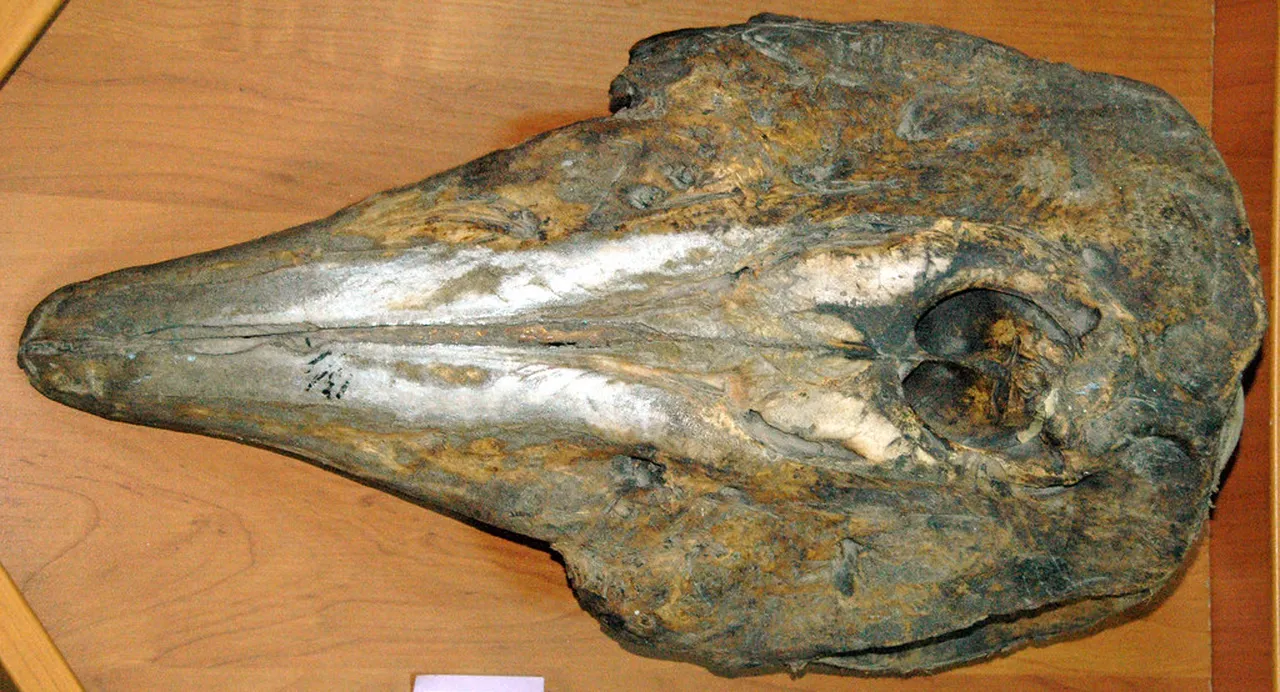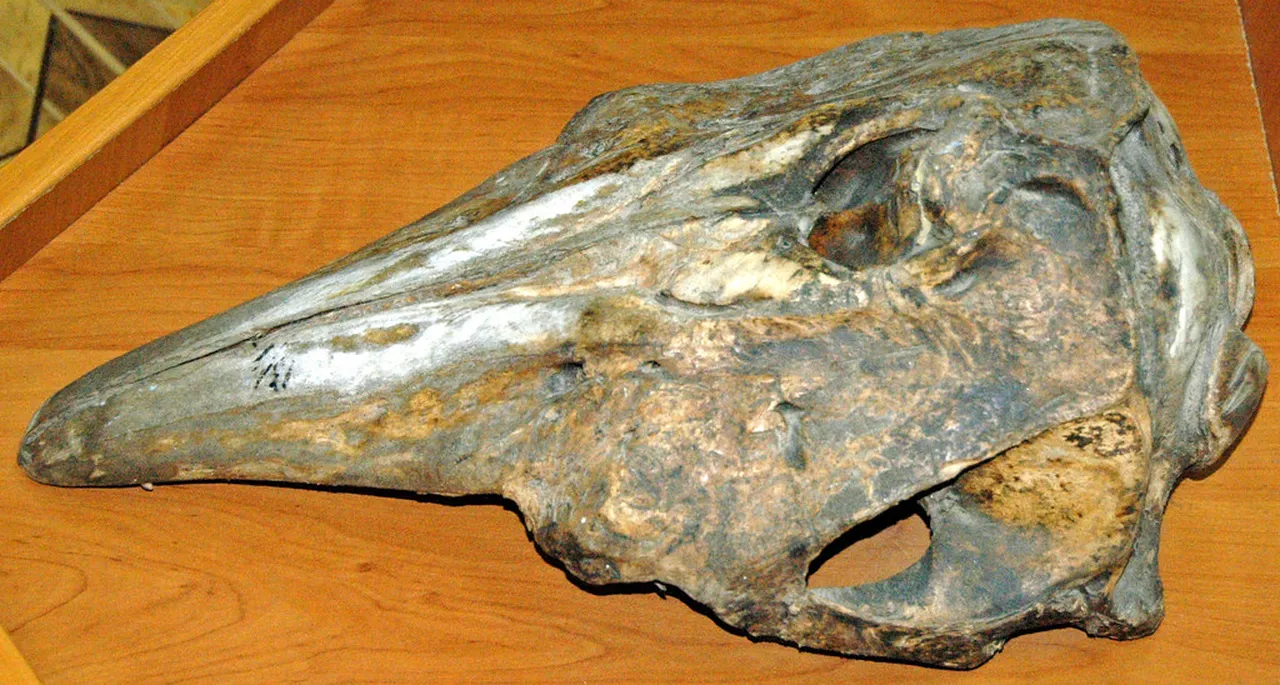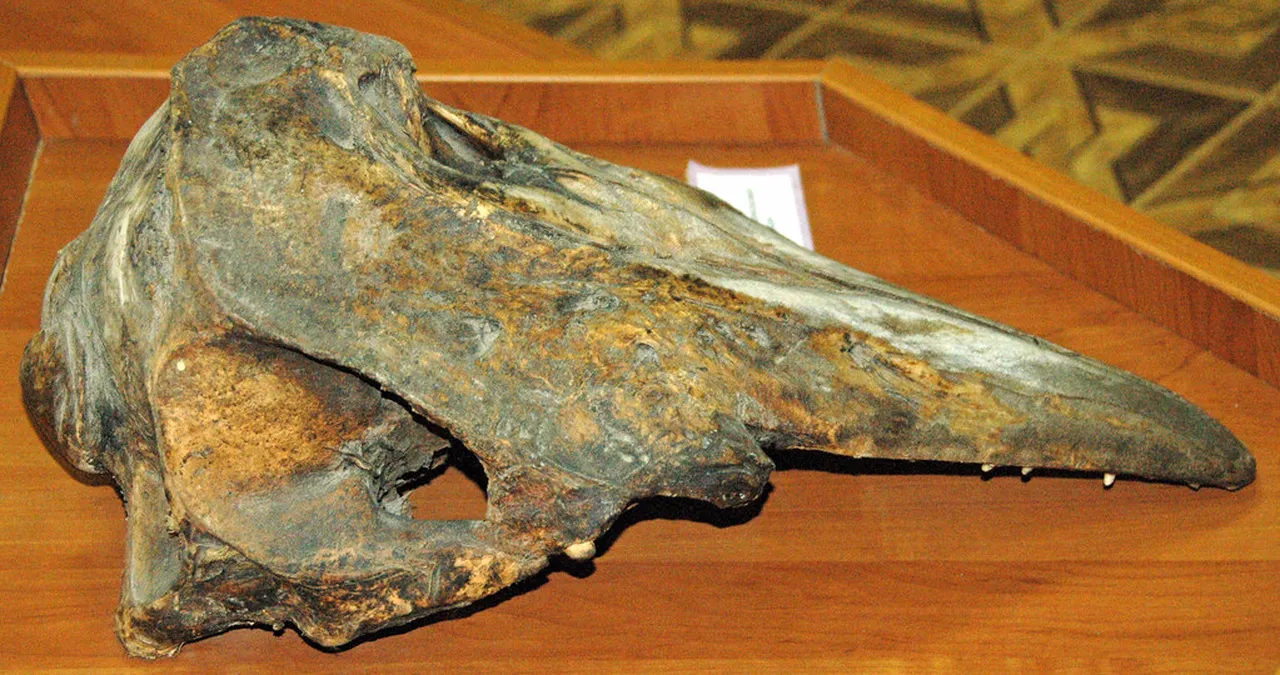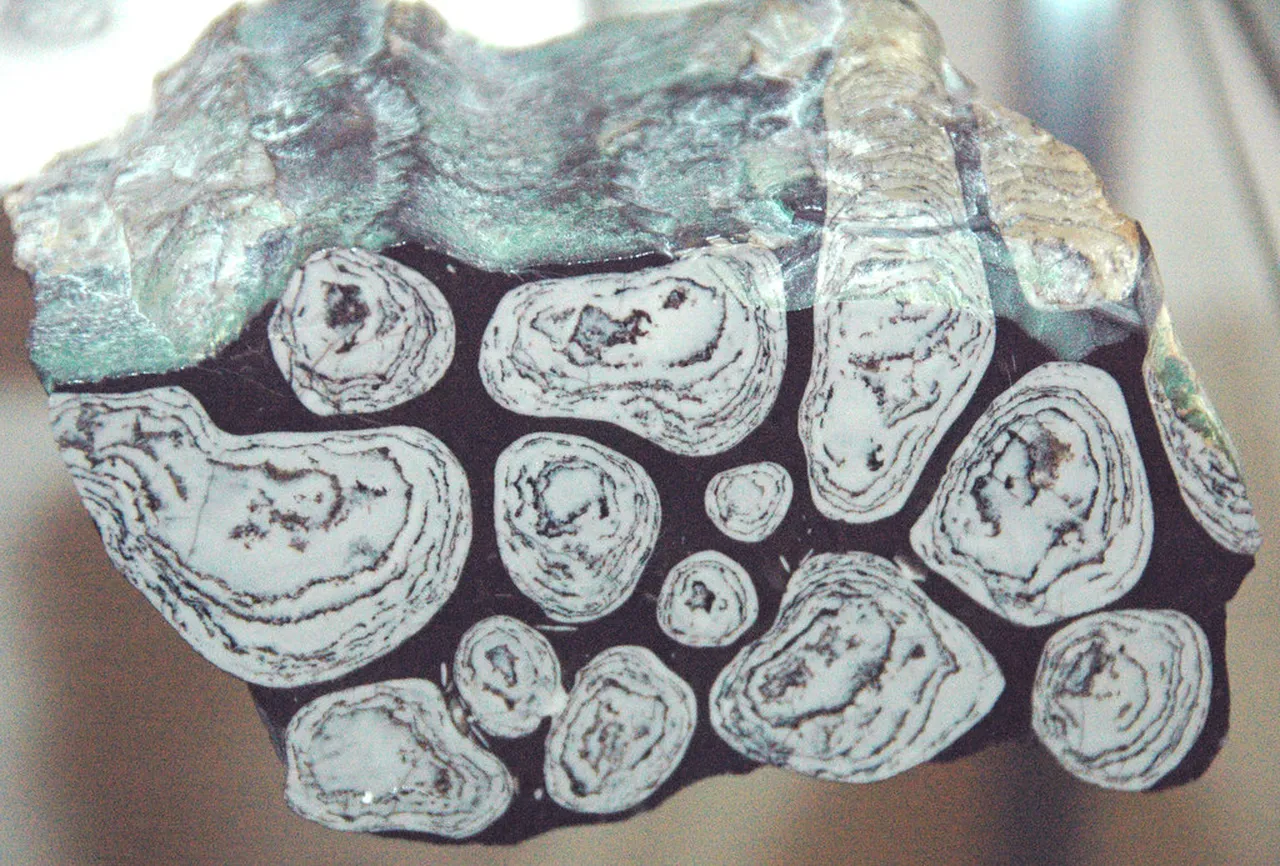
Yakutsk Culture: Unveiling the Heart of Siberia
Table of Contents
Yakutsk Culture
Yakutsk, the capital of the Sakha Republic in Siberia, offers a fascinating glimpse into a vibrant and unique culture that thrives despite the extreme cold. Known for its rich history, indigenous traditions, and resilient spirit, the Yakutsk culture showcases the customs and lifestyle of its people, the Yakuts, who have adapted to one of the coldest inhabited places on Earth. In this article, we will delve into the profound cultural experiences of Yakutsk, from traditional crafts to local celebrations, highlighting the elements that make it a must-visit destination for cultural enthusiasts. Prepare to be enchanted by the stories, practices, and artistic expressions that encapsulate the essence of this remarkable Siberian city.
Want to find the best travel deals for this destination? try adventure planner with our adventure planning specialist!
1. Understanding the Roots of Yakutsk Culture: History of the Yakuts

To truly appreciate Yakutsk culture, one must delve into the rich history of the Yakuts. Originating from the Turkic peoples, the Yakuts settled in the harsh climates of Siberia over several centuries. Their ability to adapt to the extreme conditions has played a significant role in shaping their cultural identity.
Historically, the Yakuts were primarily nomadic, relying on reindeer herding, fishing, and hunting for sustenance. As time progressed, the establishment of agricultural practices gradually influenced their lifestyle. As a result, the diverse influences, ranging from Chukchi to Russian, have created a unique cultural tapestry that can still be felt today.
Moreover, understanding the struggles and resiliency of the Yakut people is crucial. Transitioning from nomadic life to settled communities, they maintained their traditions, which are still celebrated in modern-day Yakutsk.
2. Traditional Yakut Cuisine: A Culinary Journey Through the Tundra

The culinary landscape of Yakutsk culture reflects the region’s geography and climate. Traditional Yakut cuisine predominantly features hearty and nutritious dishes that often utilize local ingredients such as fish, meat, and berries. One of the staples is stroganina, which consists of thinly sliced frozen fish, usually served with salt and spices. This dish is not only unique but also a testament to the skill of the Yakuts in utilizing natural resources.
Additionally, dishes like kinsa, a type of steamed meat, showcase the intricacy and depth of Yakut cooking. The use of traditional methods such as smoking and drying ensures the flavors are rich and aromatic. Moreover, shared meals play a crucial role in community bonding, reinforcing cultural values and traditions. In conclusion, exploring traditional Yakut cuisine is indeed a culinary journey through the tundra, offering a taste of history and culture.
3. Experiencing the Chukchi and Yakut Festivals: Celebrating Resilience and Joy

Festivals are a vibrant aspect of Yakutsk culture, embodying the spirit of resilience and communal joy. Among the most famous Events are the Chukchi and Yakut festivals, which celebrate the unique heritage of the Yakut and Chukchi people. These lively celebrations are filled with traditional music, dance, and rituals that reflect the unique connection to nature.
For instance, the Yakut “Yhyakh” festival marks the summer solstice, where locals come together to honor the spirits of ancestors. Activities include traditional games, performances, and feasting that engage people of all ages. Furthermore, such festivals offer visitors an insightful glimpse into the communal spirit of the Yakut people—an experience enriched with warmth and camaraderie.
In contrast, the Chukchi festivals celebrate the era of hunting and fishing, featuring competitions and dances that resonate with the hunter-gatherer lifestyle. Ultimately, participating in these festivals provides a profound understanding of the cultural values of the Yakuts and their enduring resilience.
4. The Art of Yakutsk: From Traditional Crafts to Modern Expressions

Art in Yakutsk is a vibrant tapestry that reflects both the rich traditions and contemporary spirit of the Yakut people. Traditional crafts, such as bone carving and beadwork, have been passed down through generations. These creations often incorporate symbols from nature, which hold deep meanings in Yakut society. Moreover, visiting local artisans can provide a unique insight into the Yakutsk culture.
As modern influences penetrate, the city’s art scene is thriving with contemporary artists who draw inspiration from their heritage while experimenting with new mediums. Exhibitions showcasing a mix of traditional and modern artworks can be found in galleries throughout Yakutsk. Thus, both the past and present coexist beautifully, offering a glimpse into the evolving artistic landscape.
5. Music and Dance in Yakutsk Culture: Echoes of the Past

Music and dance play an integral role in Yakutsk culture, serving as important expressions of identity and tradition. The Yakut people have a wide variety of musical styles, from the haunting melodies of traditional throat singing to lively folk dances performed during festivals. These cultural practices often tell stories of resilience and connection to the land.
Moreover, the rhythmic beats of drums and the striking vocal techniques create a powerful atmosphere during performances. It is common to witness such captivating displays during festivals, where both locals and visitors can immerse themselves in the sounds of Yakutsk’s rich heritage. In this way, music and dance act as crucial links to the past, echoing the spirits and stories that shaped the Yakut culture.
6. Yakutsk’s Unique Clothing: Symbolism in Traditional Attire
The traditional clothing of Yakutsk is not just practical; it is steeped in symbolism and cultural significance. Yakut attire, often made from animal hides and furs, provides essential protection against the harsh climate. Each garment tells a story, with unique patterns and colors reflecting the wearer’s status, family, or region.
For instance, the ulak (a long, warm coat) is often adorned with intricate decorative elements. The use of certain colors and designs can denote various meanings, making clothing a form of non-verbal communication. Transitioning into modern fashion, many Yakut designers are blending traditional styles with contemporary elements, thus ensuring that their cultural heritage continues to thrive in the fashion world.
7. Exploring Yakutsk’s Language and Oral Traditions: More Than Just Words
Tip: Discover the best Yakutsk experiences with Viator Tours!
The Yakut language is a fascinating component of Yakutsk culture, serving as the primary means of communication among the Yakuts. Rich in unique expressions and idioms, the language reflects the deep connection between the people and their environment. Moreover, many words are closely tied to the natural landscape, illustrating how nature profoundly influences their daily lives.
Oral traditions play a crucial role in preserving the stories and history of the Yakut people. Folk tales, often passed down through generations, convey moral lessons and cultural values. During festive gatherings, elders share these stories, fostering a sense of community. Transitioning between storytelling sessions, listeners engage with the narrators, enhancing the cultural experience.
Additionally, the use of proverbs and riddles enriches conversational exchanges. Thus, exploring the Yakut language unveils a world of cultural heritage, showcasing that language is more than just words—it is a vessel of identity and connection.
The Role of Shamanism in Yakutsk Culture: Spirituality and Beliefs
Shamanism holds a significant place in Yakutsk culture, deeply entwining the spiritual life of the Yakuts with their environment. Traditional shamans, known as Olonkhos, act as spiritual mediators, connecting the material world with the spiritual realm. During rituals, they channel ancestral spirits, seeking guidance and healing.
Interestingly, shamanism reflects not just personal beliefs but also collective identity. During community gatherings, rituals often include offerings to nature’s spirits, emphasizing respect for the environment.
Pro-tip: While visiting Yakutsk, participating in or observing a shamanistic ritual can offer profound insights into the local culture.
Furthermore, shamanic practices have influenced Yakut art, music, and storytelling, intertwining spirituality with their cultural expressions. This interconnectedness showcases resilience and adaptability, making shamanism a focal point of Yakutsk’s cultural identity.
9. Contemporary Yakut Artists: Bridging Tradition and Modernity
In recent years, contemporary Yakut artists have emerged as important cultural ambassadors, blending traditional elements with modern creativity. Through various art forms, including painting, sculpture, and installations, these artists express their rich heritage while addressing contemporary issues. Notably, many incorporate traditional motifs and techniques, ensuring that their cultural roots remain visible.
For instance, artists often depict scenes from Yakut folklore and nature, using vibrant colors to symbolize the beauty of their homeland. Transitioning from traditional narratives to modern interpretations, these artworks resonate with younger generations, fostering a renewed interest in Yakut culture.
Moreover, art exhibitions and festivals celebrate this fusion of tradition and innovation. As a result, contemporary Yakut artists not only preserve their cultural legacy but also carve a niche in the global art scene, highlighting the dynamism of Yakutsk culture.
10. Yakutsk’s Museum Scene: Preserving Culture and History
Yakutsk boasts a vibrant museum scene that plays a crucial role in preserving Yakut culture. Among the most significant institutions is the Sakha Republic National Museum, which showcases an extensive collection of artifacts representing the history and traditions of the Yakuts. Moreover, this museum not only preserves the past but also educates visitors about the cultural heritage of the region.
In addition, the Yakutsk State Museum of History and Culture is a treasure trove for those interested in local indigenous traditions. Here, visitors can explore exhibits that highlight the unique customs, clothing, and art forms of the Yakut people. Thus, exploring these museums provides a well-rounded understanding of Yakutsk culture.
Pro Tip: Allocate at least half a day to fully immerse yourself in Yakutsk’s museums. Interactive displays will enrich your experience!
11. Nature and Yakut Culture: How the Environment Shapes Tradition
Tip: Discover the best Yakutsk experiences with Viator Tours!
The environment of Yakutsk profoundly influences Yakut culture. Living in one of the coldest inhabited places on Earth, the Yakuts have developed traditions that are intricately linked to their natural surroundings. For instance, the traditional practice of reindeer herding is not only a livelihood but also a cultural cornerstone. This relationship with nature not only shapes daily life but also preserves their identity.
Moreover, the harsh Siberian climate dictates the Yakut’s clothing, diet, and even their social gatherings. As a result, an understanding of Yakut culture is incomplete without acknowledging the role of the environment in shaping their traditional practices and lifestyle.
12. Yakutsk’s Cultural Festivals: A Year-Round Celebration
Yakutsk is known for its vibrant cultural festivals that celebrate the rich heritage of the region throughout the year. One of the most popular Events is Yhyakh, the summer solstice festival, which symbolizes rebirth and renewal. During this festival, attendees engage in traditional games, music, and dances, reflecting the community’s joy and resilience.
Additionally, New Year celebrations, or “Chyyr,” showcase the unique customs of the Yakut people. These festivals are not just entertaining; they reinforce social bonds and keep the Yakut culture alive. Participating in these Events allows visitors to immerse themselves in the local traditions while enjoying the warmth and hospitality of the Yakut community.
The culture of Yakutsk is a rich tapestry woven from history, resilience, and creativity. Through its festivals, traditional arts, and culinary delights, visitors can connect deeply with the heart of Siberia. Whether you’re exploring the unique language, trying your hand at traditional crafts, or participating in the vibrant celebrations, the experiences offered by Yakutsk culture promise to leave a lasting impression. What aspects of Yakutsk culture intrigue you the most? Share your experiences and join the conversation in the comments!